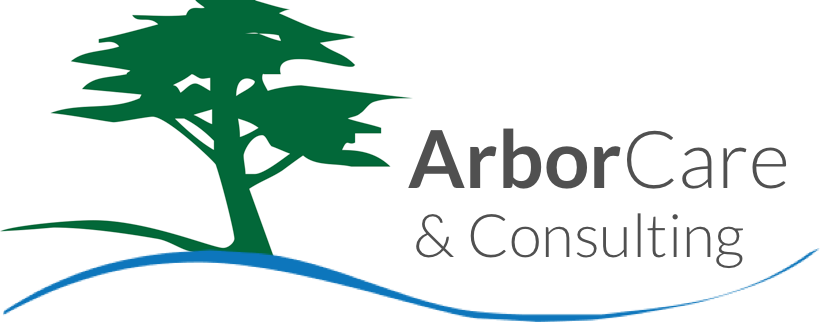
Sweet-smelling nectar from both flowers and fruit draws both bees and butterflies to your property, as they are principally reliant on smell rather than vision.
Strategic planting of seasonal floral plants and fruiting trees is necessary to help keep these essential pollinators around in the spring, summer and fall. How you choose and arrange your planting is also important. Large blocks of florals are best, as opposed to sporadic spots. Also, a tiered level from ground cover, to tall flowers, to shrubs, to climbing vines and then to tall floral trees such as the Southern Magnolia is an ideal situation. Vegetable gardens and small fruit orchards are also excellent habitats for these pollinators. It is my professional assessment that due to water requirements and the value of providing more habitat for wildlife, the percentage that turf represents in a total landscape should drastically diminish.
A wildlife-friendly approach can actually lend itself to much more creativity and lower maintenance costs.
One of the best comprehensive lists of central Texas bee-friendly plant lists I’ve encountered thus far can be found at: www.daddysbees.com/BeePlants.html. Not on this list (and unfortunately unknown to many) are the (spring-fall) Chitalpa tree, Goldenball Lead Tree, (spring-summer) Golden Rain tree, Mimosa, Acacia, and (fall) Strawberry Madrone. Acquiring these more unique species can be a challenge, but the following nurseries can supply some or all of your bee & butterfly-friendly plants: Madrone Nursery (San Marcos), Fannicks Nursery (San Antonio), and Mosty Brothers Nursery (Centerpoint).
For those interested in learning more about bees and wildscaping, I recommend Texas Wildscapes by Kelly Conrad Bender and The Bee-Friendly Garden by Kate Frey and Gretchen LeBuhn.



